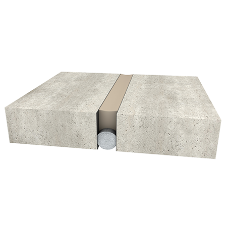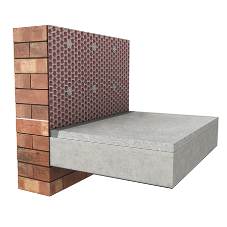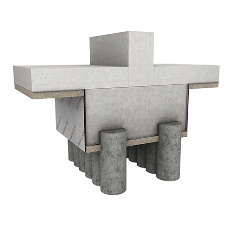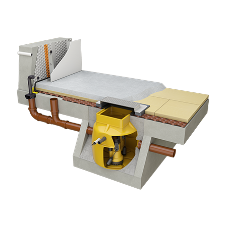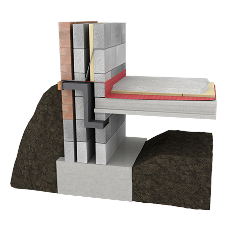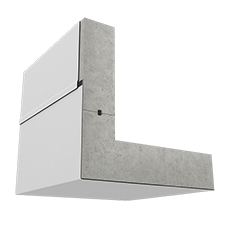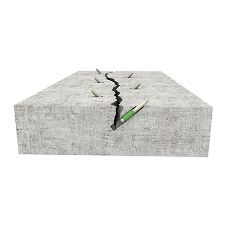This blog was written by Delta Membrane Systems.
Groundwater is the most commonly forgotten aspect of the Water Cycle as it is not readily seen. The Water Cycle is the constant movement of water through the environment, traveling as slowly as a metre per year. Evaporation of the oceans water, condenses into clouds ready for rainfall across the land. After rainfall, the surface rainwater flows back into rivers and the sea.
A substantial amount of the rainwater is absorbed by the earths soil. A small portion of the water is used by plants, whilst some of the rainwater seeps further down into the ground and rocks becoming groundwater (this process is called infiltration). Any remaining rainwater evaporates into the atmosphere through the transpiration process.
Water Table is at the time of when the rocks are completely saturated. Water within this region proceeds from point of penetration to dispense into a spring, river or the sea. A majority of the water in a flowing river is created with discharging groundwater. High water table increases risk of waterproofing failure. It is extremely important to identify watercourse before waterproofing work commences.
Underground, water exists virtually everywhere, excluding some geological formations. There are two different types of formations, permeable and impermeable formations. A permeable formation contains tiny holes, allowing the water to penetrate through, also called aquifers. Impermeable formations allow hardly any water to penetrate through. Prior to any construction or civil engineering and building works, a site investigation must be undertaken to BS 5930(9) standards.
Any aggressive components in the groundwater must be confirmed before the correct waterproofing system is selected. Groundwater is often forgotten about because it is not seen, until an issue arises. Most common problems involve levels of the groundwater, either too much or too little. Human activities adjust the standard flow of groundwater. For example, humans knowingly pump water from wells or unintentionally, by changing use of land. Regulators peruse to limit these impacts by controlling and licensing activities that may result in undesirable changes.
If the aquifer (permeable formation) abstraction rates exceed the quantity of recharged water from the rainfall, the aquifer level will fall. This increases the cost of pumping and affects the flow of rivers and streams containing groundwater. Too much groundwater also causes problems, in particular to much rainfall floods cellars and basements (anything below ground). This type of flood can last a long time as groundwater reacts gradually.
More often than not, this is usually our own fault by building onto land that is prone to flooding, such as in London. In the 19th Century heavy pumping work commenced, with most of London’s infrastructure built while levels were low including the London Underground. Water changes occurred in the 1960s, meaning pumping rates were extremely reduced, allowing water levels to rise back up to a standard level, leaving buildings and tube lines with a higher risk of flooding.
What is Groundwater? [BLOG]
| T | (01992) 523523 |
|---|---|
| F | (01992) 523250 |
| E | info@deltamembranes.com |
| W | Visit Delta Membrane Systems's website |
| DELTA House, Merlin Way, North Weald, Epping, Essex, CM16 6HR |
Products by this Company


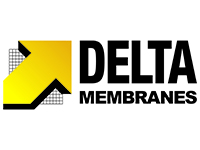
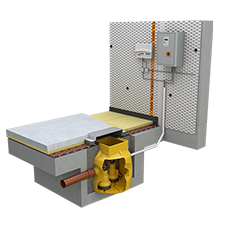
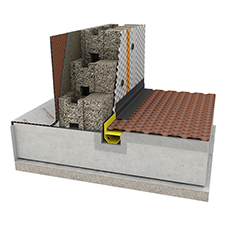
227.png)
